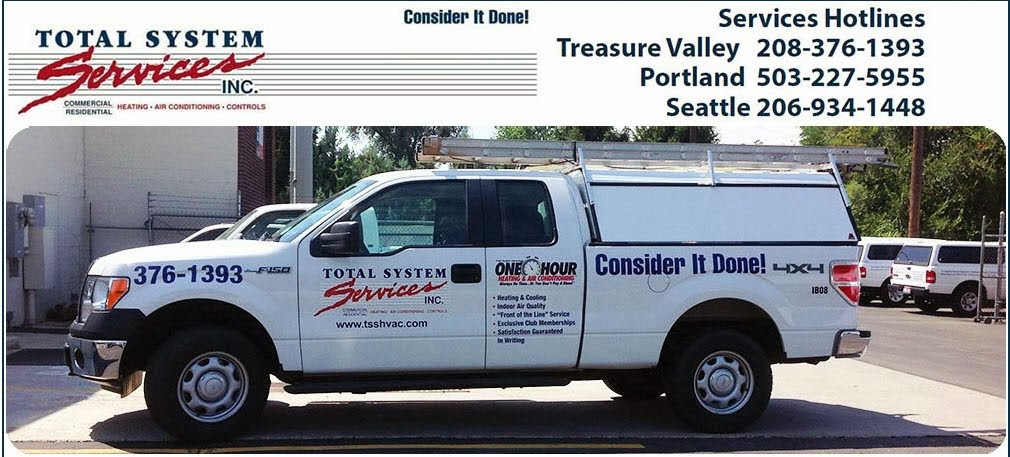A
variable refrigerant flow system consists of multiple evaporators of varying
capacity, each connected to one central variable capacity heat pump. These
systems feature a heat recovery mode what allows energy to be transferred from
zone to zone, depending on needs, with minimal compressor use. Because each
zone has its own unique air unit, it can control the temperature while
operating at peak efficiency.
What
makes variable refrigerant flow systems unique is the ability to control
heating and cooling efficiently through its load diversification features. A
building is set up into zones. You can heat one zone, while cooling another.
You can use the waste energy from the cooling process to further enhance the
efficiency of the heating process.
The
benefits of a variable refrigerant flow system are many:
- Offer variable speeds
- Offer customizable heating and cooling solutions
- Improve temperature controls
- Improve occupant comfort
- Offer stronger energy efficiencies
- Reduce operating costs
Using
refrigerant to move air around the building is far more efficient than other
conventional systems. By having variable speeds, you can match the energy level
to the needs of the zone, and only provide heating or cooling as needed within
that area.
Moving
away from a “one setting for all” approach to HVAC reduces conflicts among
tenants that have different needs, and can reduce complaints about changes to
indoor climate.
Overall,
the systems are often smaller than what a building will currently have
installed. Outdoor units units are often small enough that they won’t require a
dedicated equipment room, and indoor units can often be concealed in ceilings
or retrofitted into existing space.
There
are two basic types of systems; one that is air cooled, and one that is water
cooled.
If
an air cooled system is used, exterior space is required for installation of
the condenser unit. The space used for installation has to be away from window,
be strong enough to support the weight of the unit, and be accessible for
maintenance.
If
a water cooled system is used, the system can be placed inside in a small
closet. With both systems, a clear path to route the refrigerant pipes must be
identified.
While
a variable refrigerant flow system isn’t an off-the-shelf solution, and will
take careful planning to ensure the load profile of the building offers the
proper requirements for setting up the system, it is a viable solution for
buildings looking to improve their efficiencies, and have a large number of
tenants with different energy demands.




